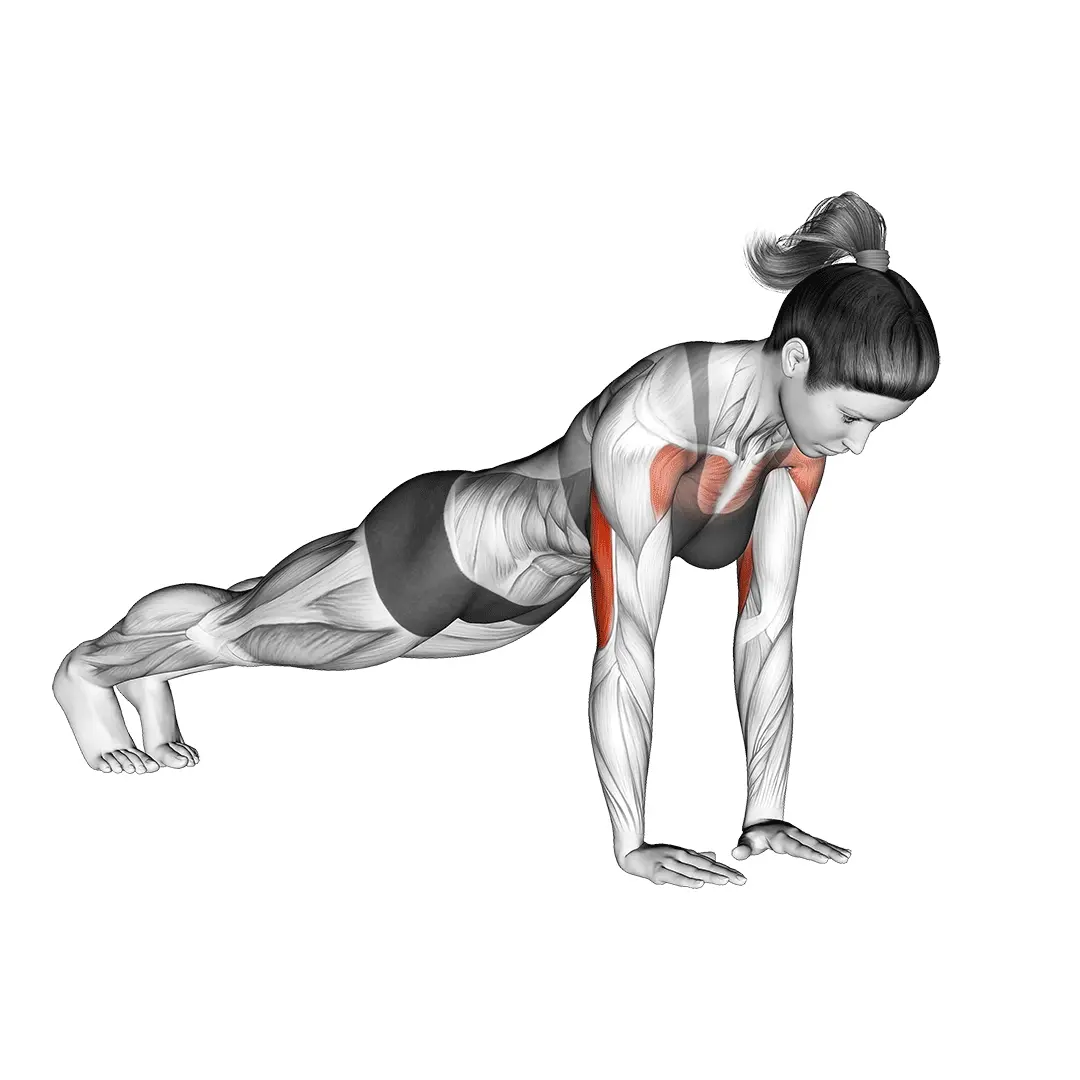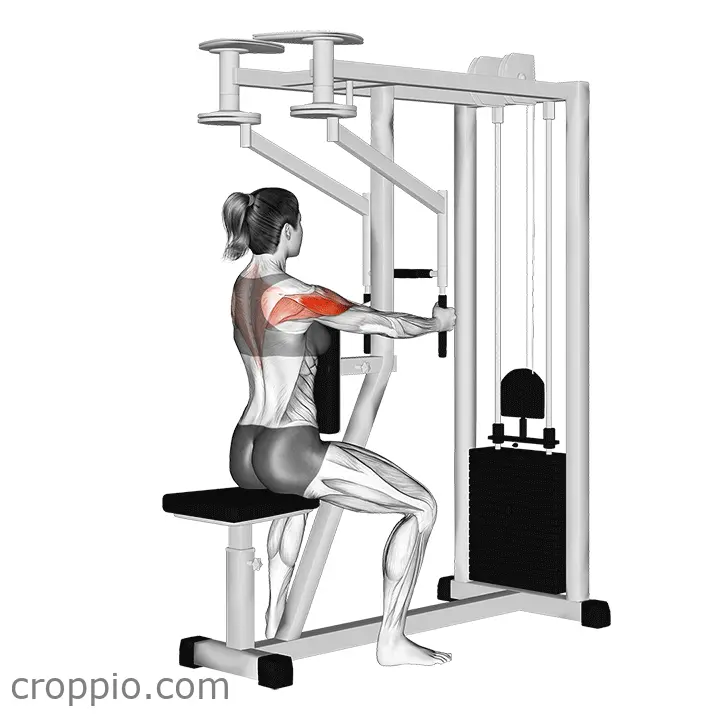Dumbbell Rear Delt Raise

Description
The Dumbbell Rear Delt Raise is a popular exercise tailored to isolate and strengthen the rear deltoids, the muscles located at the back of the shoulder. This exercise not only enhances shoulder aesthetics but also plays a vital role in shoulder stability and overall upper body strength. Engaging these muscles helps improve posture and balance, contributing to better performance in various sports and physical activities.
Muscles Involved
The Dumbbell Rear Delt Raise primarily targets:
- Rear deltoids (deltoid posterior)
- Trapezius
- Rhomboids
- Infraspinatus
- Upper back muscles
Top Mistakes
Many people make common mistakes when performing this exercise, which can hinder results or lead to injury:
- Using excessive weight, which compromises form and range of motion.
- Bending too far forward or back, which can strain the lower back.
- Not keeping the elbows slightly bent, leading to unnecessary stress on the joints.
- Allowing momentum to take over by swinging the weights instead of controlling the movement.
Execution Tips
To maximize the effectiveness of the Dumbbell Rear Delt Raise, consider the following execution tips:
- Start with a light weight to master the form.
- Stand with feet shoulder-width apart, hinge slightly at the hips while keeping your back straight.
- Raise the dumbbells out to the sides while keeping a slight bend in your elbows.
- Focus on squeezing your shoulder blades together at the top of the movement.
- Lower the weights slowly to maintain tension in the rear delts.
Workouts
Incorporating Dumbbell Rear Delt Raises into a workout routine can be highly beneficial. Here are a few recommended workout pairings:
- Back and shoulder day: Pair with bent-over rows and lateral raises.
- Full-body workout: Include with squats and chest presses.
- Isolation day: Combine with face pulls and band pull-aparts for total shoulder engagement.
Conclusion
The Dumbbell Rear Delt Raise is an excellent exercise for developing the rear deltoids and enhancing overall upper body stability. By focusing on form, avoiding common mistakes, and integrating it into a broader workout regimen, you can effectively improve your shoulder strength and functionality. Consistent practice will yield results, helping you achieve more balanced shoulders and a well-defined upper body.



